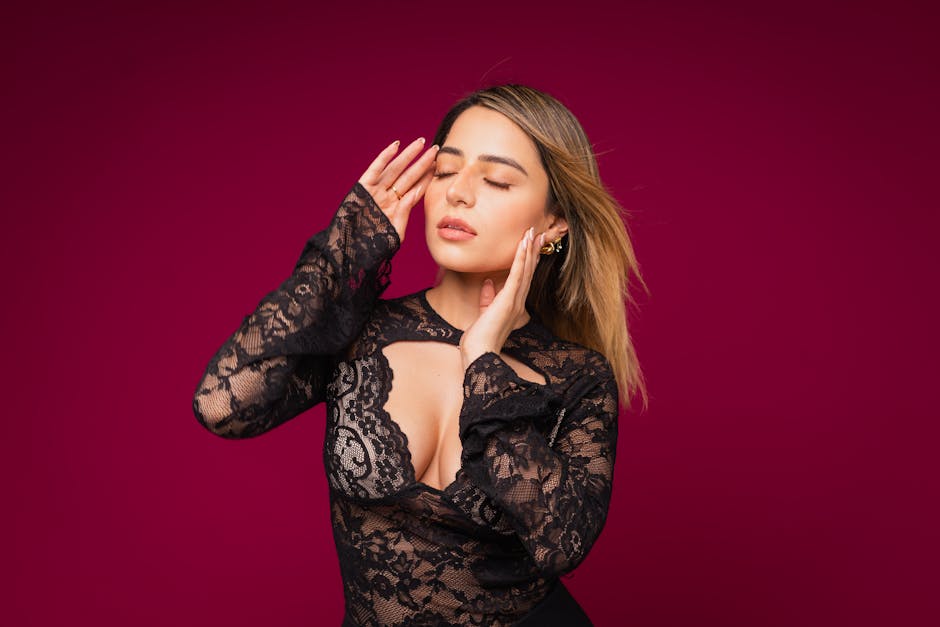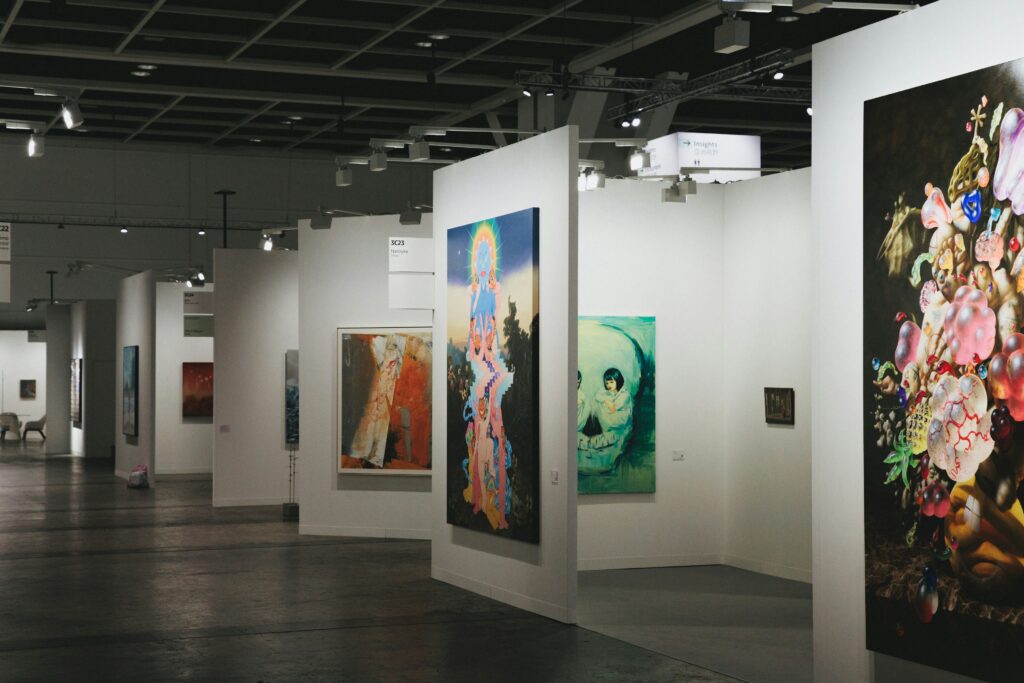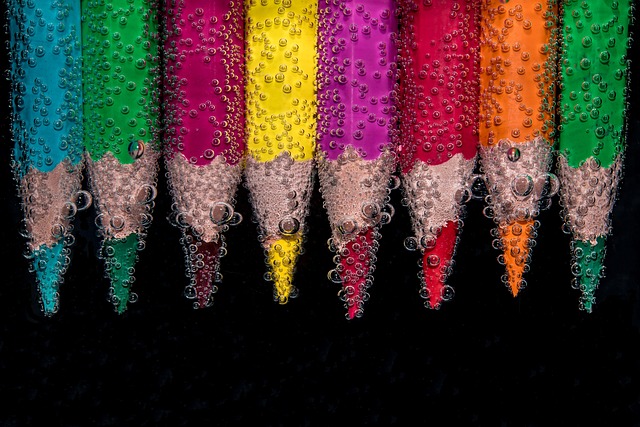Portraiture hasn’t lost its place. It’s just changed shape. In contemporary art, portraiture goes far beyond getting someone’s face right. Now, it’s a tool for storytelling, for asking questions, and for disrupting norms. The face still matters, but so do the layers around it — context, history, symbolism.
Today’s artists aren’t chasing accuracy. Instead, they use portraiture to explore identity in motion — gender, race, culture, and memory all in conversation. Sometimes the subject isn’t even human. A bust made from recycled tech parts might say more about being alive in 2024 than any oil painting ever could.
Portraiture persists because we still need mirrors. Not perfect reflections, but honest ones. Whether it’s raw, surreal, or digital, this genre remains one of the most direct ways to connect the personal with the political. Likeness is no longer the goal. Meaning is.
Identity in vlogging is getting a long-overdue upgrade. Representation is no longer a side note. It’s front and center. Creators across platforms are using the camera not just to share life, but to explore who they are through gender, race, and fluid identities. Audiences are responding to honesty and self-definition in ways that numbers can’t fully measure—but engagement stats show something’s resonating.
More vloggers are leaning into psychological depth, peeling back layers most content used to gloss over. Mental health, generational trauma, cultural tension, day-to-day identity shifts. These aren’t rare confessions anymore. They’re content pillars. And when delivered with intent, they stick. The audience doesn’t just watch—they connect.
Self-portraiture is also back, but not the polished influencer kind. It’s raw, personal, sometimes messy. It can be protest. It can be healing. For many, the vlog has moved far past entertainment and into something much more personal: a statement of existence, and a refusal to be boxed in.
AI Is Speeding Up Workflow Without Replacing Humans
AI isn’t here to steal the camera, but it is making vlogging faster. Generative tools are now part of the everyday toolkit. Creators are using AI for first-draft scripts, rough-cut edits, thumbnail generation, and even audience analysis. It’s not magic, but it cuts hours of grunt work. That gives vloggers more time to focus on what actually connects—voice, presence, and ideas.
But there’s a catch. Overuse of AI can flatten tone and strip personality. Audiences notice when a vlog sounds robotic or off-brand. Top creators are figuring out what to automate and what not to. They’ll use AI to sift through data or crank out video summaries, but when it comes to final cuts or on-camera delivery, the human stays in charge.
This isn’t about tech replacing talent. It’s about working faster without losing your voice. The best vlogs in 2024 won’t look AI-made. They’ll just be sharper, quicker, and more dialed-in—because the humans behind them had more bandwidth to create like themselves.
Portraiture has long been a genre built by and for those with power. Historically, the subject was often posed, polished, and stripped of agency to fit the viewer’s gaze—usually elite, often colonial, almost always disconnected. That’s shifting. Today, a new wave of creators is turning the lens toward marginalized communities, not just as a gesture of inclusion, but as a fundamental reset of who gets to be seen and how.
These portraits aren’t about perfection. They’re about truth. The power lies with the subject: how they choose to appear, what they want reflected back, and the story behind the look. Whether it’s a self-taught vlogger documenting queer identity in rural spaces or a filmmaker spotlighting indigenous pride through handheld frames, the subject now calls the shots.
This movement challenges old structures. It pushes back on the idea that portraiture is a luxury reserved for the historically documented. Instead, it becomes a collaborative act of presence and voice. The camera no longer extracts. It participates.
Portraiture is no longer just about being seen. It’s about seeing on your own terms.
From experimental creators to seasoned veterans, certain vloggers are reshaping the medium in 2024. Think Natalie Lynn, who blends slow living with high-concept cinematography, or Rafi Mensah, whose mini docu-series on gig workers is equal parts storytelling and activism. These creators aren’t chasing trends. They’re setting them.
The shift isn’t just cultural. It has weight in the real world. Galleries are featuring vlog-style work as narrative video art. Collectors are pumping money into exclusive digital drops via Patreon and private Discords. Even public art commissions are pulling from YouTube and TikTok talent to produce content-first installations.
What’s surprising is how well these personal, often home-shot works are translating to wider discourse. They touch on labor, identity, environment, mental health. Audiences don’t just scroll past. They’re engaging. In classrooms. On news sites. Around dinner tables. The gap between creator and changemaker is closing fast.
Portraiture isn’t standing still. What once was a straightforward depiction of a person has become something layered, deliberate, and often abstract. In today’s visual culture, portraiture acts more like a language—quietly evolving, reshaped by each artist who picks up a camera or brush. It speaks not just to identity, but to context, politics, and personal myth.
We’re seeing more creators draw from conceptual art movements, where the idea behind the image carries as much weight as the technique. This shift invites viewers to ask not just “who is this person” but “why is this image made this way?” A blank gaze, a distorted form, or the absence of a subject altogether can say more today than a traditional likeness ever could. There’s more on this in The Rise of Conceptual Art in the 21st Century.
The takeaway is simple: modern portraiture isn’t about likeness alone. It’s about what is exposed in the process. Identity is messy, fluid, built in layers—and the best portraits are embracing that complexity head-on.
How Artists Redefine “Truth” in Representation
In a time when filters, edits, and AI-generated faces flood every corner of the internet, artists are stepping back and asking a bigger question: what does it mean to represent truthfully? Spoiler — it’s not about perfect accuracy. Today’s portraiture isn’t bound by photographic realism. It’s being used to widen our understanding of identity, conflict, and culture.
Painters, illustrators, and digital creators are leaning into raw expression — sometimes exaggerating features, sometimes collapsing time and space into a single image. These portraits don’t claim objective truth. Instead, they tap into emotional or cultural truths that hit harder than a clean likeness ever could.
At its best, portraiture in 2024 isn’t about mimicking the real world. It’s about showing the tension inside it. A face becomes a canvas not just for the person it belongs to, but for their era, their battles, and their dreams. The result? A version of truth that’s messy, layered, and fully human.




